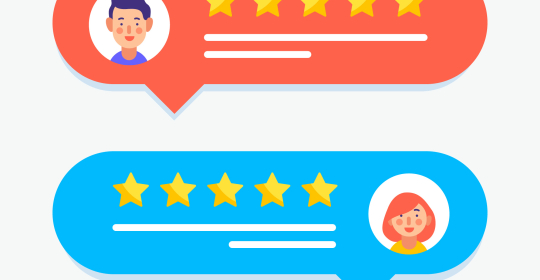The company has published a new guide which highlights nine advantages of data-driven video assessment for organisations and three key benefits for candidates. Called Achieving data-driven video assessment: Today and tomorrow, it provides advice on administering video assessments and what to look for when choosing a platform. The guide also examines how video assessment will evolve in the future, with the ongoing growth of Artificial Intelligence and automated scoring.
“Video assessment provides the logistical freedom to conduct many more candidate interviews in the early stage of your selection process,” said Dr Achim Preuss, Chief Technology Officer at cut-e. “Now that every smartphone and tablet has a built-in camera, video assessment has become an essential component in talent acquisition strategies. Data-driven video assessment enables recruiters to create a better person-job fit. It also improves the candidate experience and reinforces your employer brand. The value of data-driven video assessment, as a preliminary screening tool, is particularly evident in high-volume recruitment campaigns.”
To identify the right candidates, the new guide warns that recruiters must define the specific competencies, behaviours and attributes that are required in each role. Unless candidates are specifically rated against these requirements, video assessments can be susceptible to conscious and unconscious bias. “To make fair and objective selection decisions, your video interviews must be job-related and your assessors should be trained to avoid personal bias,” said Dr Preuss.
The guide highlights that video assessment platforms can help recruiters to define the relevant competencies and customise the content with employer branding and additional messages. The platforms compile the ratings for each candidate and create customisable reports.
“Candidates can think through the questions, record answers in their own time and find out more about what the job is like,” said Dr Preuss. “The right platform will provide the functionality and the data needed to facilitate effective, data-driven video assessment. Talent analytics can be developed using the data from successful candidates.”
According to the guide, the increasing use of Artificial Intelligence is further improving the speed and efficiency of video assessment.
“Some standard dimensions of video assessments can already be rated automatically by splitting the audio and video elements,” said Dr Preuss. “Ongoing developments will further improve these aspects. By analysing how your raters evaluate candidates, video assessment algorithms will learn to replicate this process and they’ll automatically assess candidates in the same way. Ultimately, Artificial Intelligence will enable recruiters to automatically identify who meets the requirements of the role and even who’s likely to stay with the organisation.”
cut-e’s new guide Achieving data-driven video assessment: Today and tomorrow can be freely downloaded from http://infomail.cut-e.com/slt.php?t=2fn471.196nqtt






